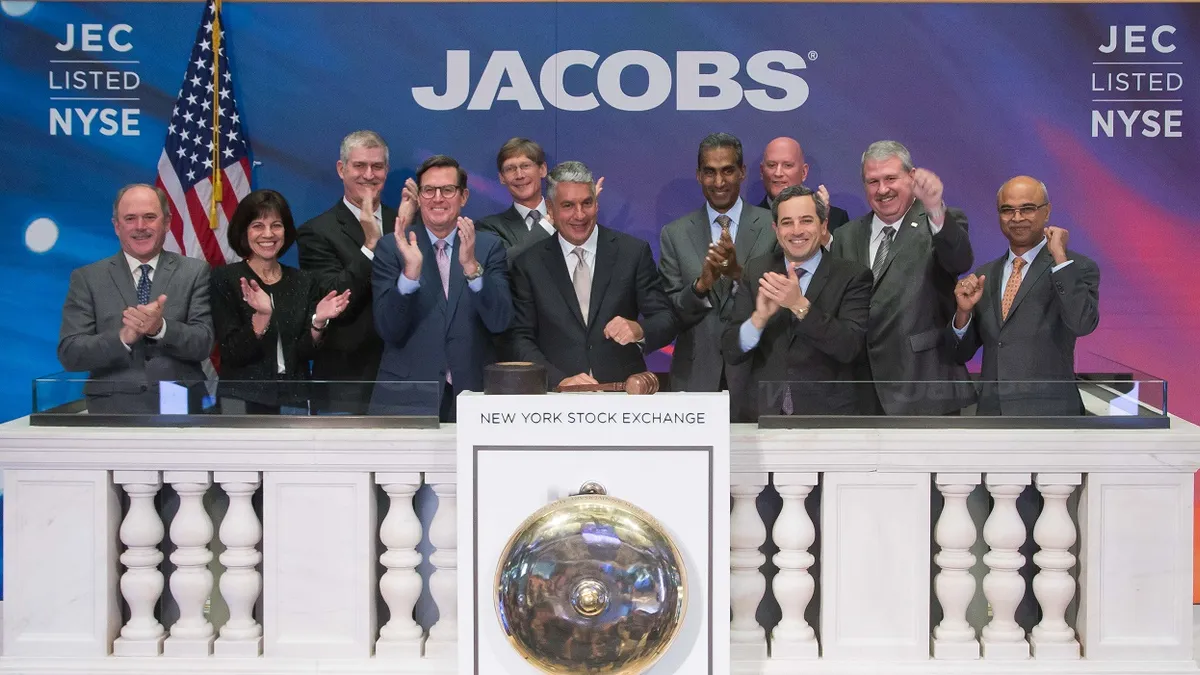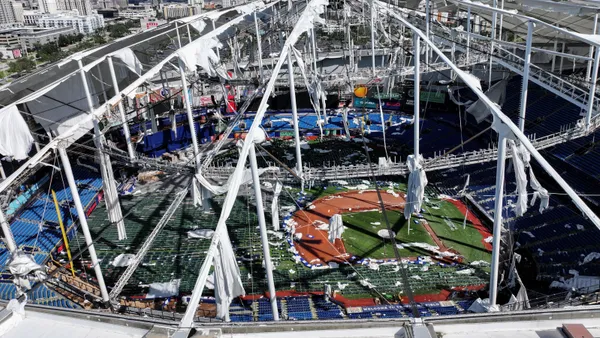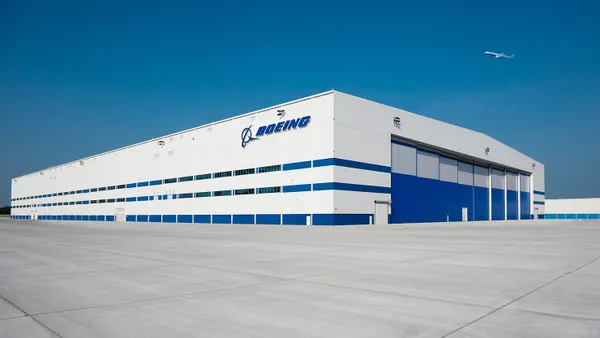Dive Brief:
- Dallas-based Jacobs Engineering Group ranks No. 1 on Engineering News-Record’s 2019 Top 500 Design Firms revenue rankings based on design services performed in 2018.
- Los Angeles-based AECOM is second, followed by Fluor Corp. of Irving, Texas, KBR of Houston and Tetra Tech of Pasadena, California.
- Design revenue for the 500 firms collectively totaled a record $101 billion, a 7.7% increase over 2017’s total, according to ENR.
Dive Insight:
Each year, mergers and acquisitions alter the competitive landscape and give new shape to revenue rankings.
Helped in large part by its 2017 acquisition of CH2M for $2.8 billion, Jacobs Engineering also claimed the top spot in 2018, surmounting AECOM. On ENR’s 2017 list, Jacobs and CH2M sat behind AECOM at second and third, respectively.
That consolidation has had enough staying power throughout 2018 for Jacobs to maintain its lead, but a more recent divestiture of its energy, chemicals and resource division to WorleyParsons for $3.3 billion is set to reshuffle the landscape once again ahead of next year’s list. And just last week, Jacobs announced it has entered into a merger agreement to purchase cybersecurity firm KeyW Corp. The deal, which is estimated at $815 million, will boost Jacobs’ technical services for government customers.
Market growth was recorded across every sector measured in the survey, when combining revenue for work done domestically and abroad. The U.S. market swelled 8.9% from $73.9 billion in 2017 to $80.5 billion in 2018, the report said. There are no signs of slowing as expansion continues into its 10th year, ENR reported, despite various analysts sounding the alarm bells for downturn over the past three to four years.
Gross domestic product topped expectations by expanding by 3.2% in the first quarter, the Bureau of Economic Analysis said, the strongest start to a year since 2015.
Design companies are eager for federal infrastructure reform legislation, noted ENR’s coverage of the list, but state and local jurisdictions have stepped up with funding measures in the wake of congressional stalemates. Voters in the 2018 midterms, for example, approved more than $40 billion in funding across more than 34 states, according to the report. In addition, public-private partnerships are cropping up as a prominent model to address infrastructure needs, ENR reported.
Further, as competition becomes more complicated between complex client requirements and nontraditional competitors coming onto the scene, technology will be the differentiator, according to ENR.
“Technology now is the price of entry,” it reported, and firms are helped by a low cost of entry for advanced tools like laser scanning, which can provide design professionals existing conditions before they begin the design process.
Technologies that were once peripheral are also becoming more central. Working collaboratively within a digital BIM model, for example, pairs well with design-build and other alternative project delivery methods that are increasingly being requested by clients and displacing design-bid-build. A June 2018 report from FMI found that design-build will make up 44% of construction spending across many market segments by 2021.












